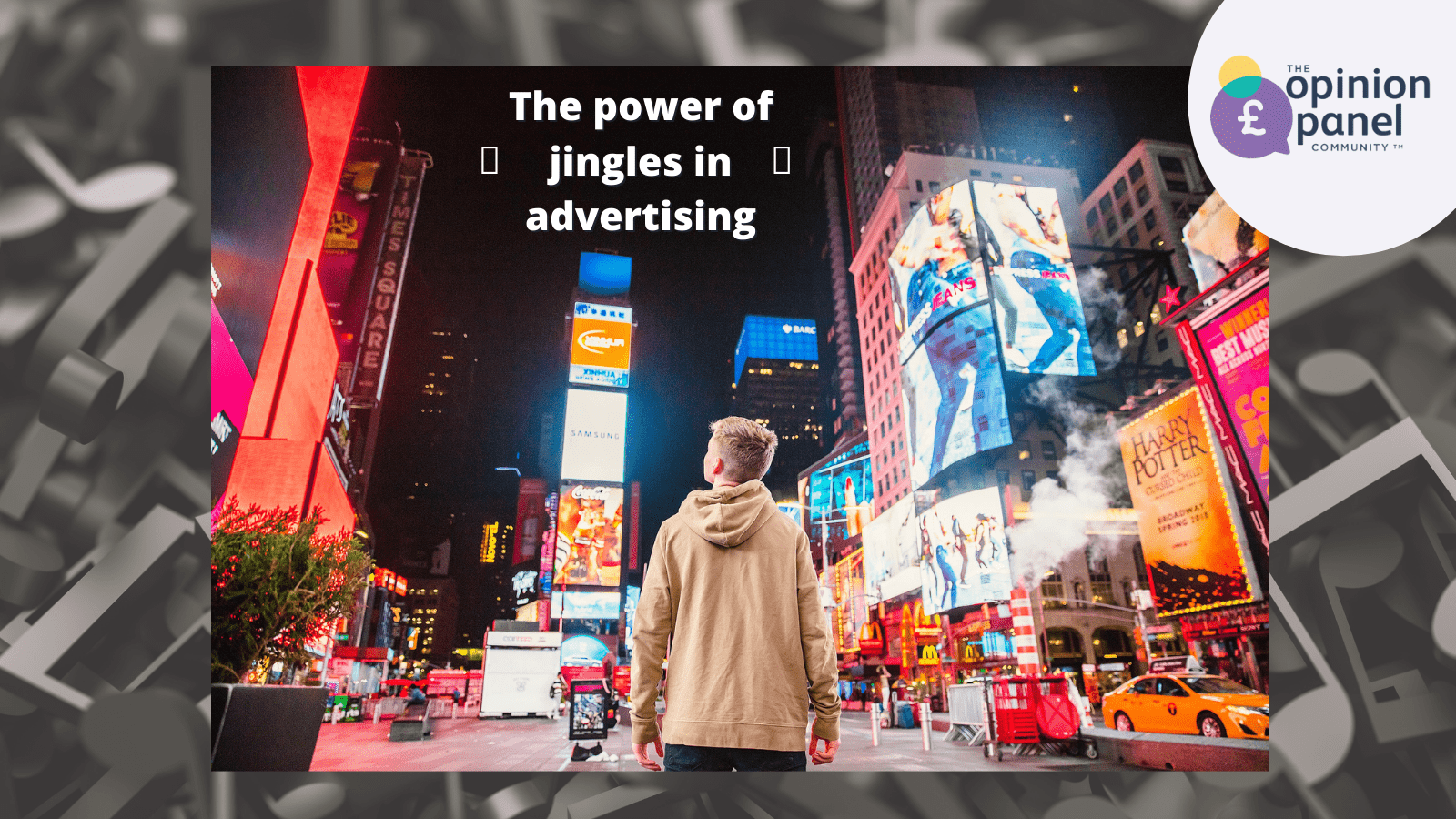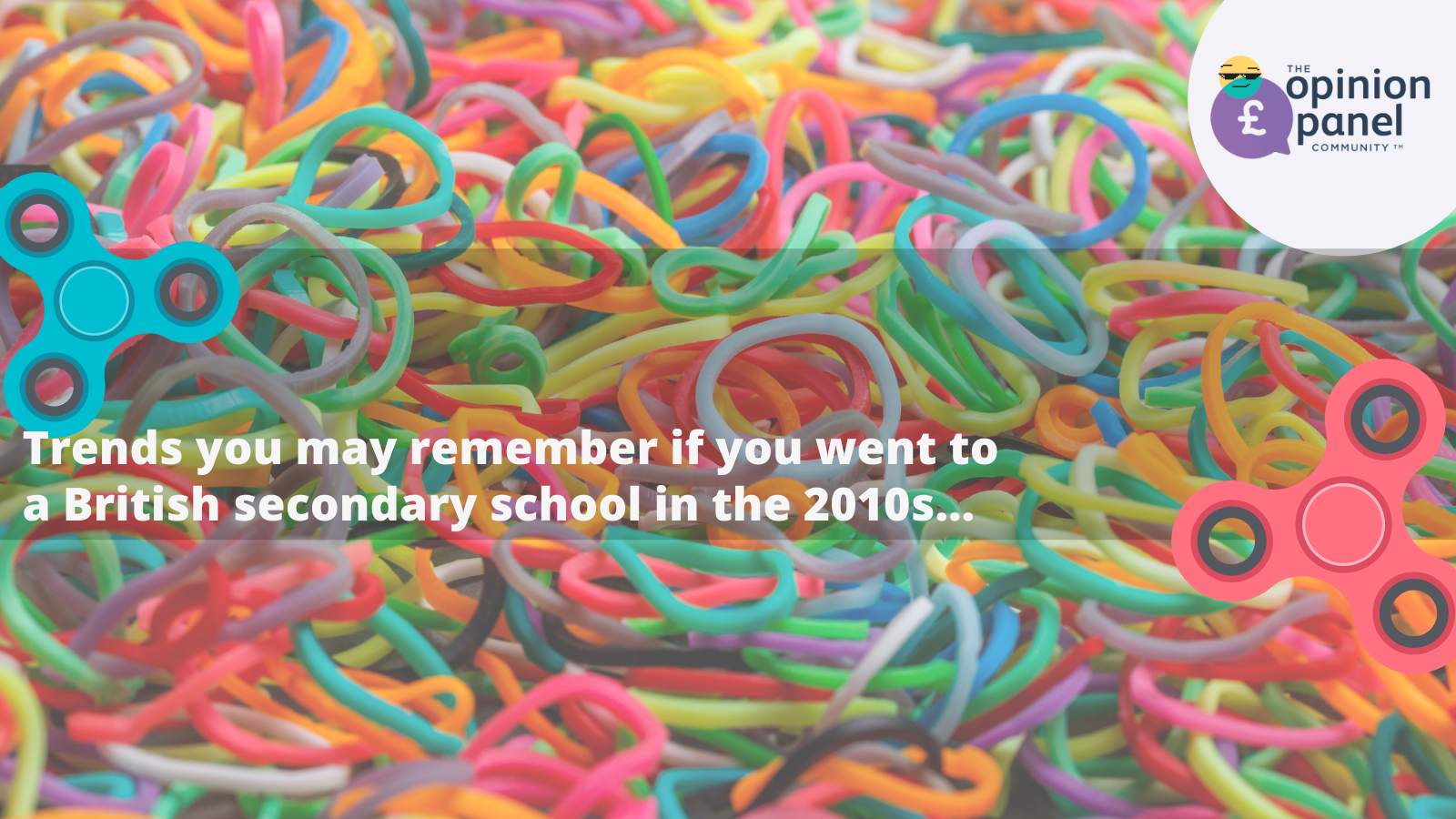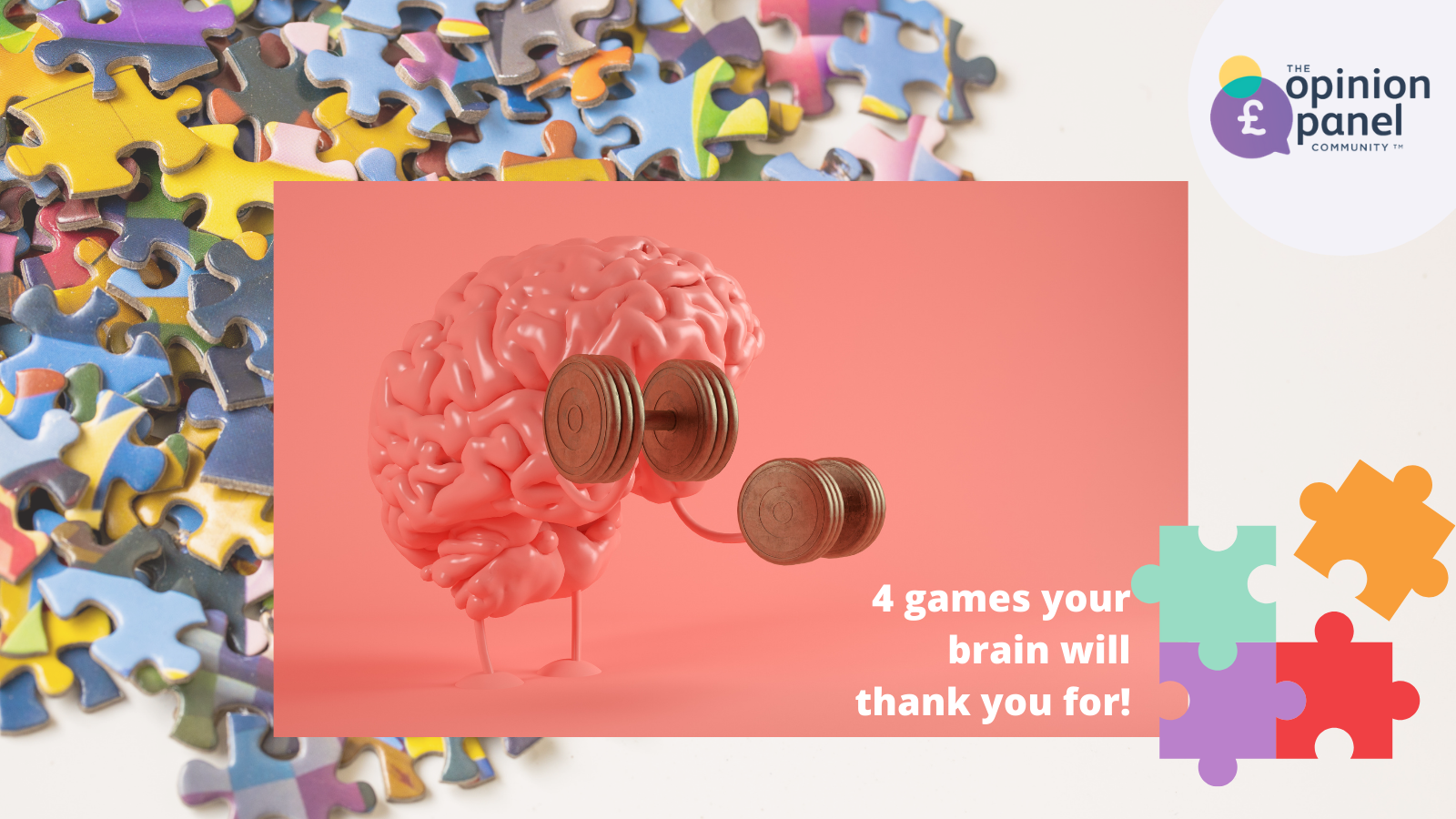
It’s long been recognised that music is a powerful tool within marketing. Often dubbed as ‘sound branding’ there are numerous positive associations between the inclusion of music and improved long-term memory recall of media material… exactly what is needed for a powerful advert.
So how is music effective in marketing?
Many studies have investigated the numerous ways companies can influence long-term memory through the use of music in media material. One such study by neurosight investigated over 150 adverts. They found that television marketing campaigns were most memorable when the music drove the action.
When the beat or rhythm of the audio was directly related to visuals – audiences were more engaged. There was a greater likelihood of converting, encoding and storing information about the advert as memories for later recall or retrieval. This phenomenon can be explained through the simultaneous cognitive processing of music and the development of long-term memory stores simultaneously within the hippocampus region of the brain – and certifies the success of one advertisings’ most popular musical elements – the jingle
What is a jingle?
The term jingle refers to short musical interludes, tunes or songs used in advertising which share common traits such as simplicity, catchiness, strong messages and pathos. They are particularly prominent in radio advertising due to their entirely auditory nature. The first commercial jingle is often accredited to General Mill. On Christmas Eve 1926, they broadcast their radio jingle for ‘Wheaties – the best breakfast food in the land’ in St. Paul Market, Minneapolis. The product saw an increase in sales and its success was followed by a national rendition of the catchy tune AND the copycat rivals who saw the potential for exposure and growth.
The inclusion of music, however, within advertising can certainly be traced back further. In Elizabethan England musical entertainers would make a living performing on street corners; paid by sponsoring shops to include songs about their businesses or products to encourage sales.
The reconfiguration of radio in the post-war period saw jingles spurring growth in consumption, and, guaranteeing return, their popularity as a marketing tool peaked, until the beginning of the 1960s when critics of conformity and mass consumption came into vogue. From here on despite their previous effectiveness – and emerging evidence to scientifically explain success – the musical interludes began to decline. Overtaken by commissioned promotional music that sounded more like pop hits, Michael Jackson’s collaboration with Pepsi in 1984, saw the remoulding of advertising to include aspects of celebrity endorsement and chart-topping hits, making jingles a relic of the mid-20th century commercials they once dominated…
…but could lockdown restrictions, increased home working and changing consumer behaviours be opening the door for the return of the jingle?
2020 has seen a massive change in consumption and behavioural trend
Two changes in particular suggest the potential for the return of the once loved marketing tool. The first – the decrease in physical sales and streaming consumption of new music. This suggests a reduced effectiveness of advertising materials inclusive of these songs. Furthermore, the lockdown showed a great increase in radio audiences. The Global Network is a popular UK commercial radio station provider with radio stations including Heart, Capital and Classic FM. They reported a 15% increase in daily audiences in March as lockdown measures were put into place. These provide the perfect conditions for radio marketing and the return of the once loved and highly successful jingle.
Have you noticed any new jingles for the Christmas period? Let us know in the comments below!
Click here if you’d like to know more about sending your article through to us to be published. Remember, if your article is the most popular of the month, you’ll win £50!






